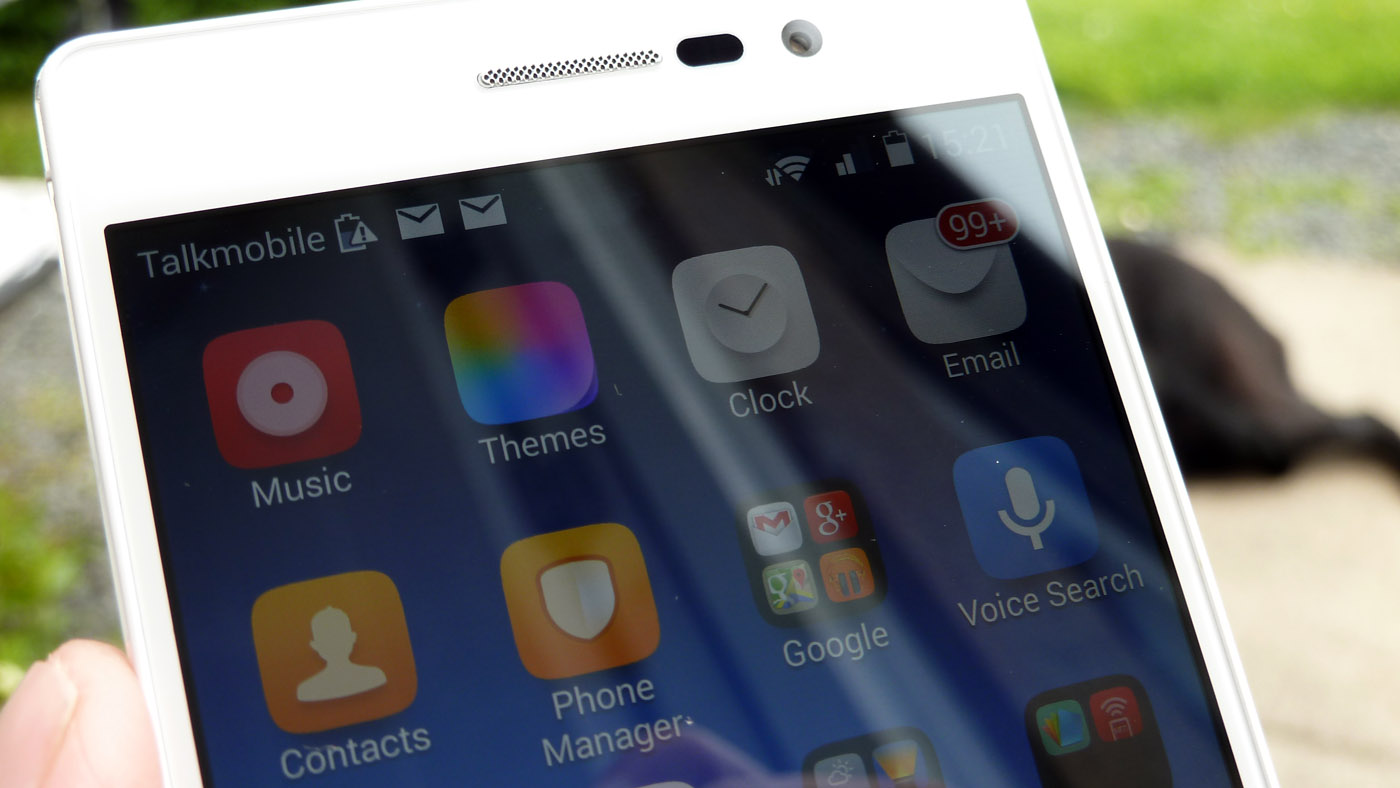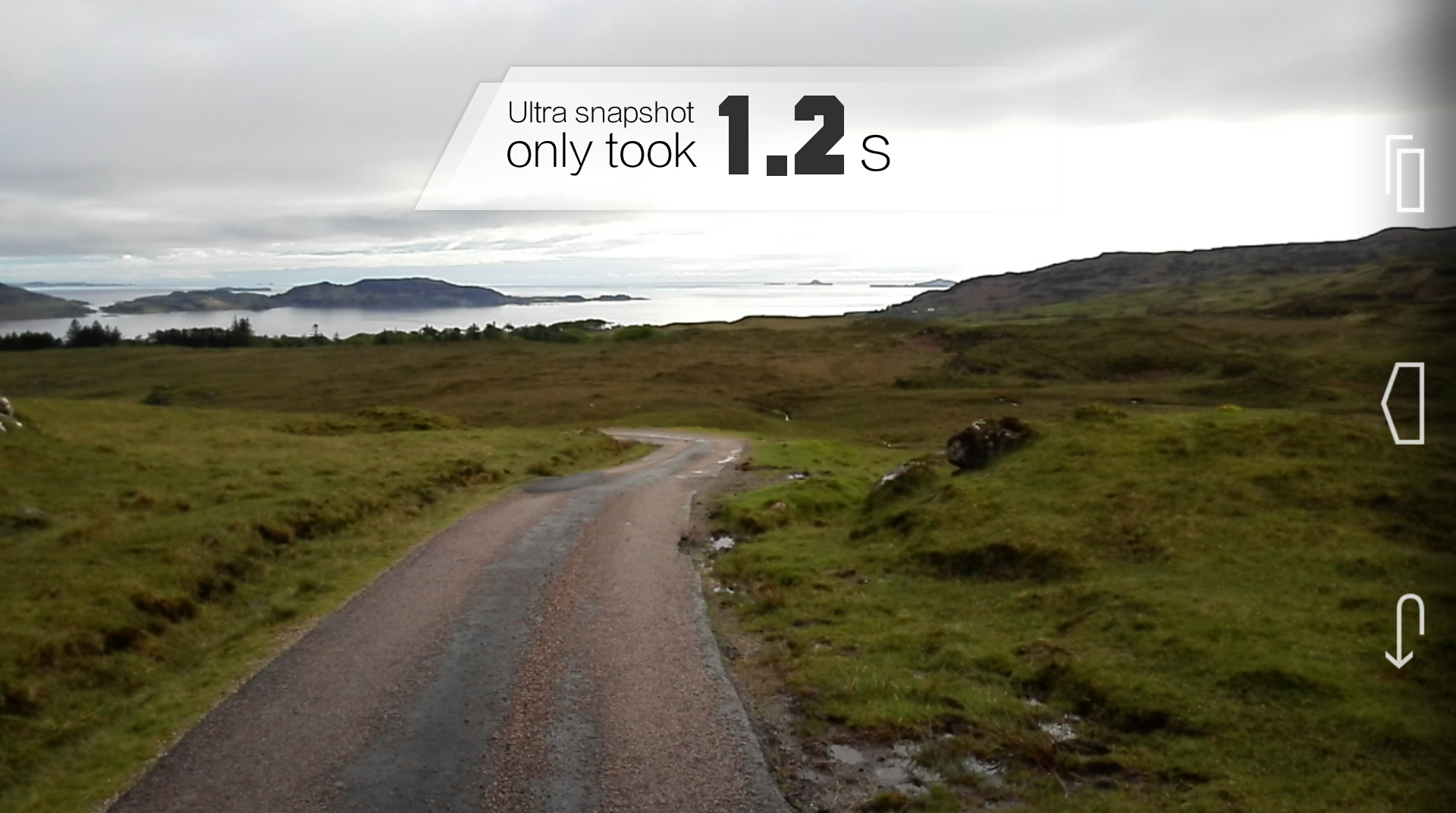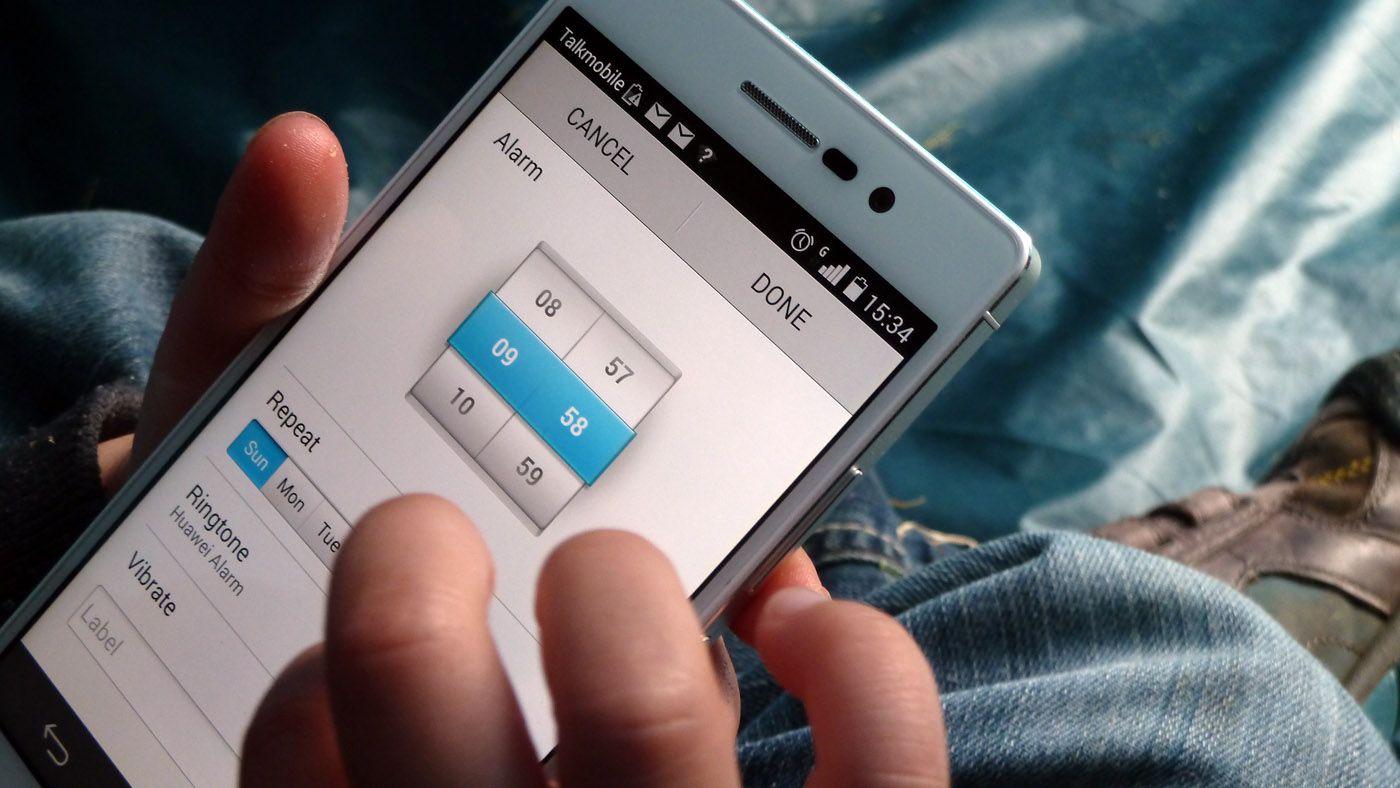Why you can trust TechRadar
The big thing as far as Huawei's concerned here is the Ascend P7's front-facing camera. The tiny circle beside the speaker somehow hides an unprecedented 8MP secondary camera, one that's managed by its own separate camera app designed to get your grimacing face captured as best as possible.
It's a huge selling point for people who routinely take photos of their outfits in toilets, or just those after a more impressive Skype video chat experience.

Once you're done recording your face, there are plenty of editing tools on the P7 for further gentrifying your image. Huawei's own image editor includes such delights as a face-thinning tool that does a surprisingly clever job of subtly reducing wobbly chins.
The Ultra Snapshot feature is also a nice little touch. Enable this and you're able to wake the Ascend P7 from standby and instantly snap a photo, which it does so in around one second.

The downside to this is it doesn't have time to focus so you only get a fixed-focus image, plus the resolution is busted down too. Still, one second is damn impressive.
Huawei made a big deal about the P7's dual antennae at the phone's launch event, but I've found the mobile reception to be a bit disappointing.
I get a pretty weak mobile signal at home, so have a few spots around the house where I can put a phone and know it'll usually connect. However, the Ascend P7 struggled to connect to the mobile network quite often in my secret special places.
Once connected voice calling quality is good, but it does seem to struggle to get connected. That said, Wi-Fi range was better than most smartphones I've used, with the Ascend P7 able to stay connected to the router in some distant garden spots where other phones would've lost the link.

The 1080p screen is another good feature. At maximum brightness it's enough to have passers-by wondering if a car's flashing its headlights at them, with more than enough contrast and brightness to make text readable outdoors, even in bright sunlight, and videos appear great.
Leave the brightness setting on auto and it adjusts sensibly, quickly deciding if you're outside or hiding under the duvet, and changing its levels accordingly.
Technically the display generates a pixel density of 445ppi, more than enough to have Huawei's model compete with the HTC One M8 and Galaxy S5 in terms of raw numbers, and also smashing the 326ppi Retina output of the iPhone 5S. Score that round to Huawei.
